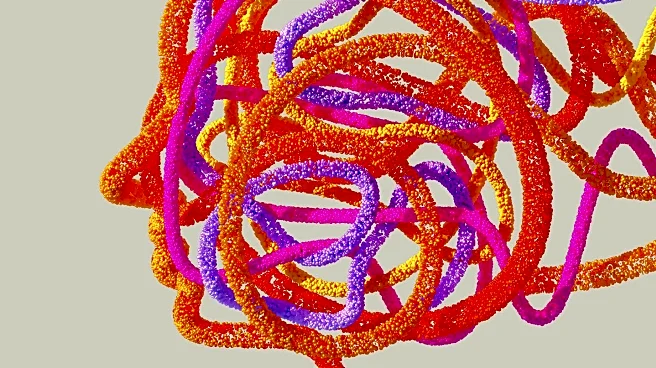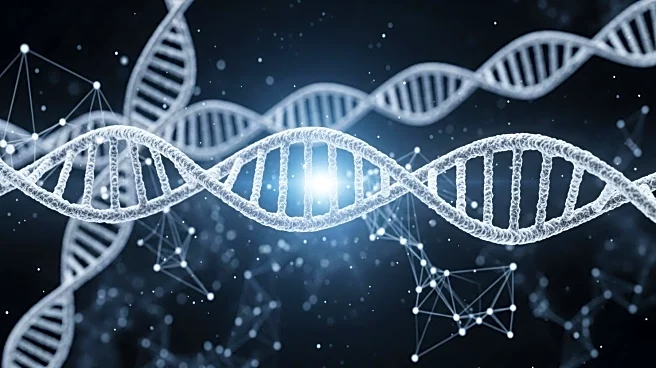What's Happening?
A recent study has uncovered intrinsic imaging and molecular characteristics that are prominent in breast cancer and glioblastoma. The research involved a retrospective analysis of 793 patients from various
cohorts, including the I-SPY1 breast cancer cohort and the Duke-UPenn glioblastoma cohort. The study developed multiparametric MRI-based radiomic and deep learning models to extract cancer-type common (CTC) and cancer type-specific (CTS) features associated with the prognosis of both cancers. The findings revealed seven CTC radiomic features that demonstrated superior survival prediction compared to CTS features, with high accuracy rates for both breast cancer and glioblastoma. The study also identified CTC-associated genes enriched in key pathways, suggesting a role in breast cancer brain metastasis.
Why It's Important?
This study is significant as it highlights the potential of pan-cancer imaging phenotypes in predicting survival and providing biological insights, which could be crucial for precision oncology. By identifying common imaging and molecular characteristics across different cancer types, the research offers a new approach to understanding cancer prognosis and treatment. The ability to predict survival outcomes with high accuracy can lead to more personalized and effective treatment plans for patients, potentially improving survival rates and quality of life. Furthermore, the study's findings on the biological relevance of CTC features could pave the way for new therapeutic targets and strategies in cancer treatment.
What's Next?
The study's findings may lead to further research into the application of pan-cancer imaging phenotypes in clinical settings. Researchers and healthcare professionals might explore the integration of these imaging and molecular characteristics into existing diagnostic and treatment protocols. Additionally, the study could inspire new investigations into the biological pathways associated with CTC features, potentially leading to the development of novel therapies targeting these pathways. As precision oncology continues to evolve, the insights gained from this study could contribute to more effective cancer management and improved patient outcomes.
Beyond the Headlines
The study's approach to analyzing imaging and molecular characteristics across different cancer types may have broader implications for the field of oncology. By focusing on common traits rather than type-specific features, researchers can gain a deeper understanding of cancer biology and its impact on patient survival. This perspective could lead to a shift in how cancer is studied and treated, emphasizing the importance of shared characteristics in developing universal treatment strategies. Additionally, the study's use of advanced imaging and deep learning models highlights the growing role of technology in medical research and its potential to transform healthcare.











